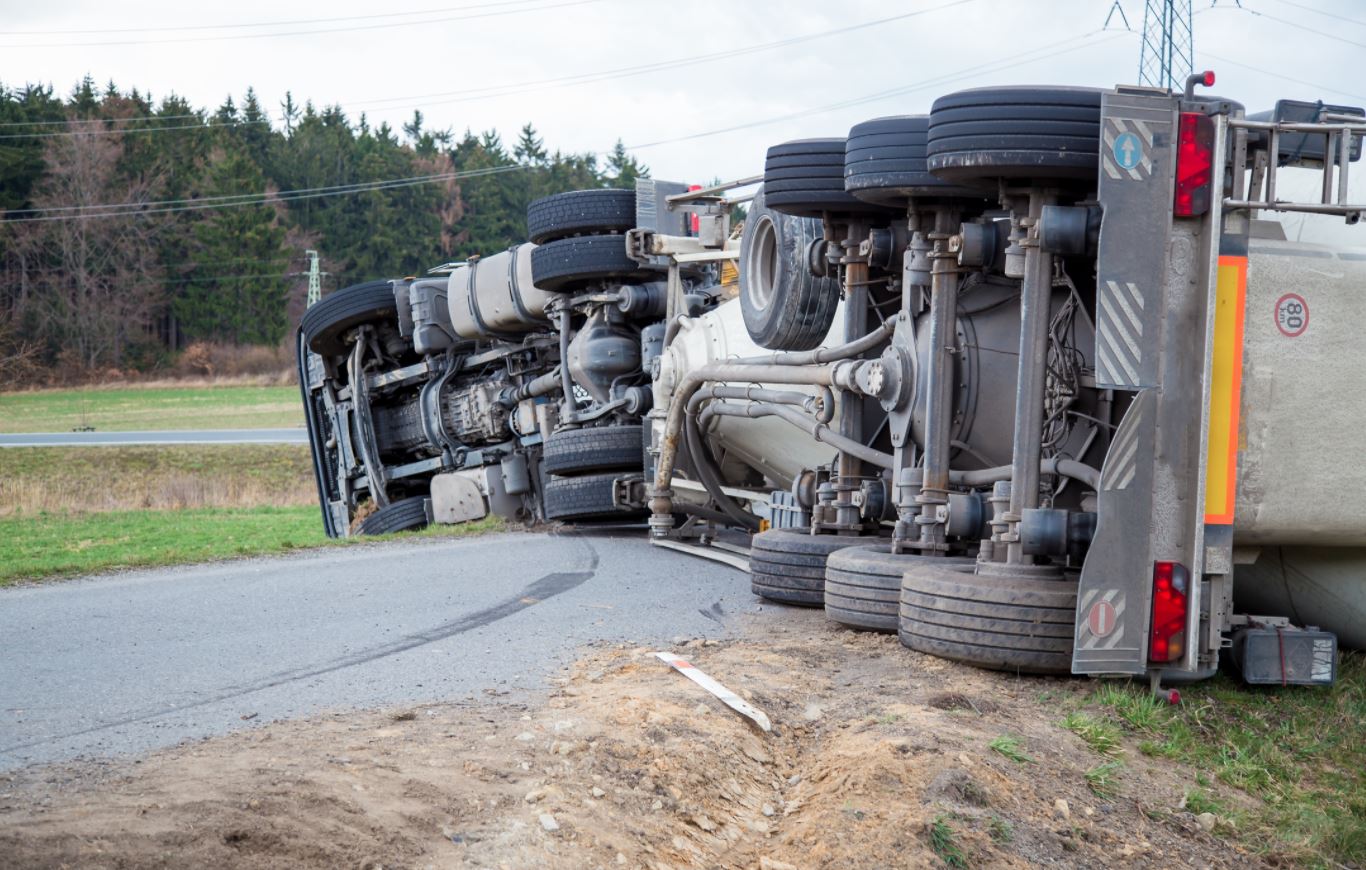Transport and delivery trucks, along with freight trucks, are some of the biggest vehicles on the road at any given time. These essential vehicles are part of the economy’s lifeblood, as they transport and deliver goods throughout the country. Their necessity was more evident than ever during the heights of the pandemic when online shopping was at its peak and deliveries were critical for people at home to receive their daily needs.
However, because they’re so large, heavily loaded, and constantly on the move that they are also prone to road accidents. According to data from The Department of Transportation, over five thousand large trucks and buses were involved in fatal crashes. About 1.59 large trucks were involved in fatal crashes per 100 million miles traveled. Injury crashes went above 112,000, and property damage involving large trucks went up to 414,000.
Truck Accidents are Preventable
As the saying goes, “prevention is better than cure.” So, before accidents cause significant issues to a delivery or transport business, consider the following practical tips for preventing them.
-
Implement a safety program that conducts regular inspections
Regular, consistent checks may seem troublesome and tedious for companies constantly rushing to deliver goods and can hardly spare the time to ground vehicles so often. But it’s critical to conduct regular system and maintenance checks on such large vehicles.
Companies can implement a safety program to independently and voluntarily initiate vehicle checks to prevent issues before they happen. Tires are checked for treads to make sure they’re not worn out. Nuts and bolts get inspected to ensure that they haven’t worn and are securely fastened as well. Oil checks and other fluids are maintained, along with onboard systems for the truckers’ guidance. The truckers themselves also need to get tested—fleet managers must always inspect their health, driving performance, and knowledge of driving safety.

-
Ensure that trucks and truckers are not getting strained
It’s understandable when freight fleets and transport delivery companies want to push their drivers and vehicles as close to the limit as they dare. But always remember that the Department of Transport has service regulations for drivers for a reason: overworked people make more mistakes, and mistakes lead to accidents. Driver monitoring can help business owners stay aware of how many hours a driver has been working and if they have been taking their breaks. Pushing them too far can be dangerous.
Straining vehicles also leads to issues. Worn tires, too much time between maintenance and repairs, and overloading could lead to breakdowns and accidents.
Accurate weight checks on trucks, unloaded and loaded with a typical amount of goods, can give fleet managers an idea of whether a vehicle is overloaded or not. Using industrial-level scales and pads can provide the most precise weight information on the vehicles. If the fleet utilizes platform weighing, make sure to get one that is equipped with a high-accuracy load cell scale to get a clearer picture of how overloaded or underloaded the vehicle is.
-
Make routing smarter and more efficient
Delivery trucks typically have long routes ahead of them every day, either picking up or dropping off goods at various stops. Some goods are perishable and require earlier delivery times, while others do not. Some drop-off points open earlier than others as well.
The different conditions of each stop come into play when planning a smarter route for trucks. Optimizing a truck’s routes is done by calculating many things: distance between each location, number of stops, time windows, the type of vehicle involved, and time-sensitivity of cargo. Most of all, you have to take traffic into account.
Because of all the different factors that come into play, it’s not advisable to use something like Google Maps. Many companies now use specially programmed commercial smart software to calculate the best routes for their trucks. It makes the fleet more efficient and reduces their time on the road. It reduces the risk of accidents and mistakes created during the route because trucks spend less time out and aren’t hurrying from one stop to another.
-
Use the “buddy system”: Give a truck a spotter
What is the role of a truck spotter? They give drivers of large trucks a visual perspective. Often, truck drivers who manage large freight trucks and other similarly large vehicles have blind spots. Their truck is so large that they need more space on the road, and sometimes, the vehicle itself is blocking areas that the driver should be aware of.
The spotter’s job is to be another set of eyes that guides the driver. They can keep a lookout for overhead clearance, a guide when a truck is backing up, and even keep on the watch for turns. Sometimes, spotters get tasked to clear out the pavement from debris or obstruction for a truck.
A spotter can help a driver, but remember that they are another human component to the delivery. They should also be experienced drivers and aware of the traffic safety rules and regulations about truck driving. By keeping both driver and spotter sharp, the accident risk gets reduced.
These are just some ways companies can ensure that transport trucks and freight trucks can prevent accidents. Preparedness, vigilance, and constant monitoring are all critical parts of ensuring that these essential vehicles stay safe on the road, keeping the country going about its business as usual.
